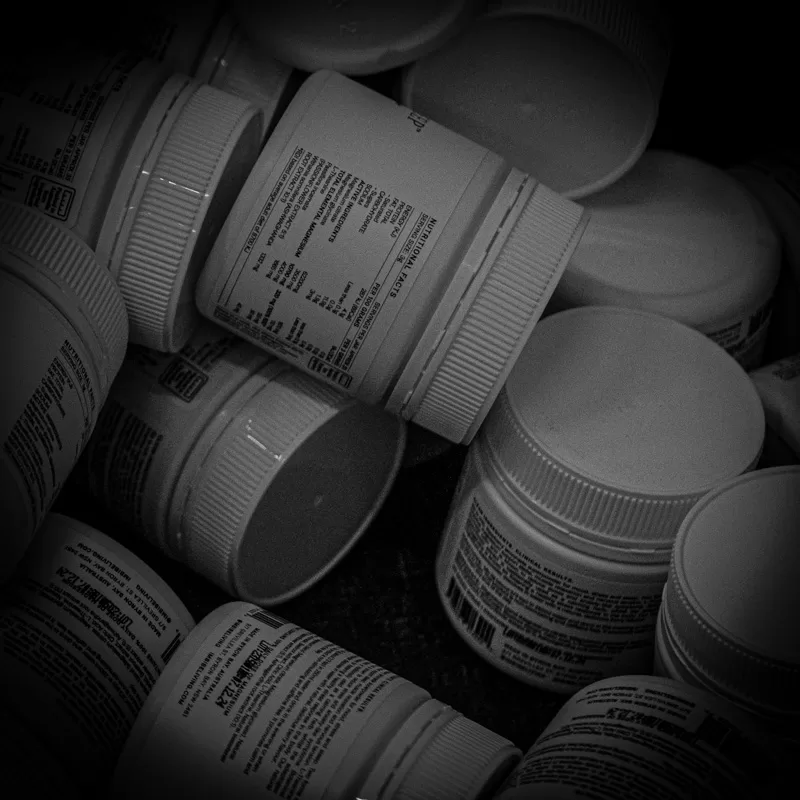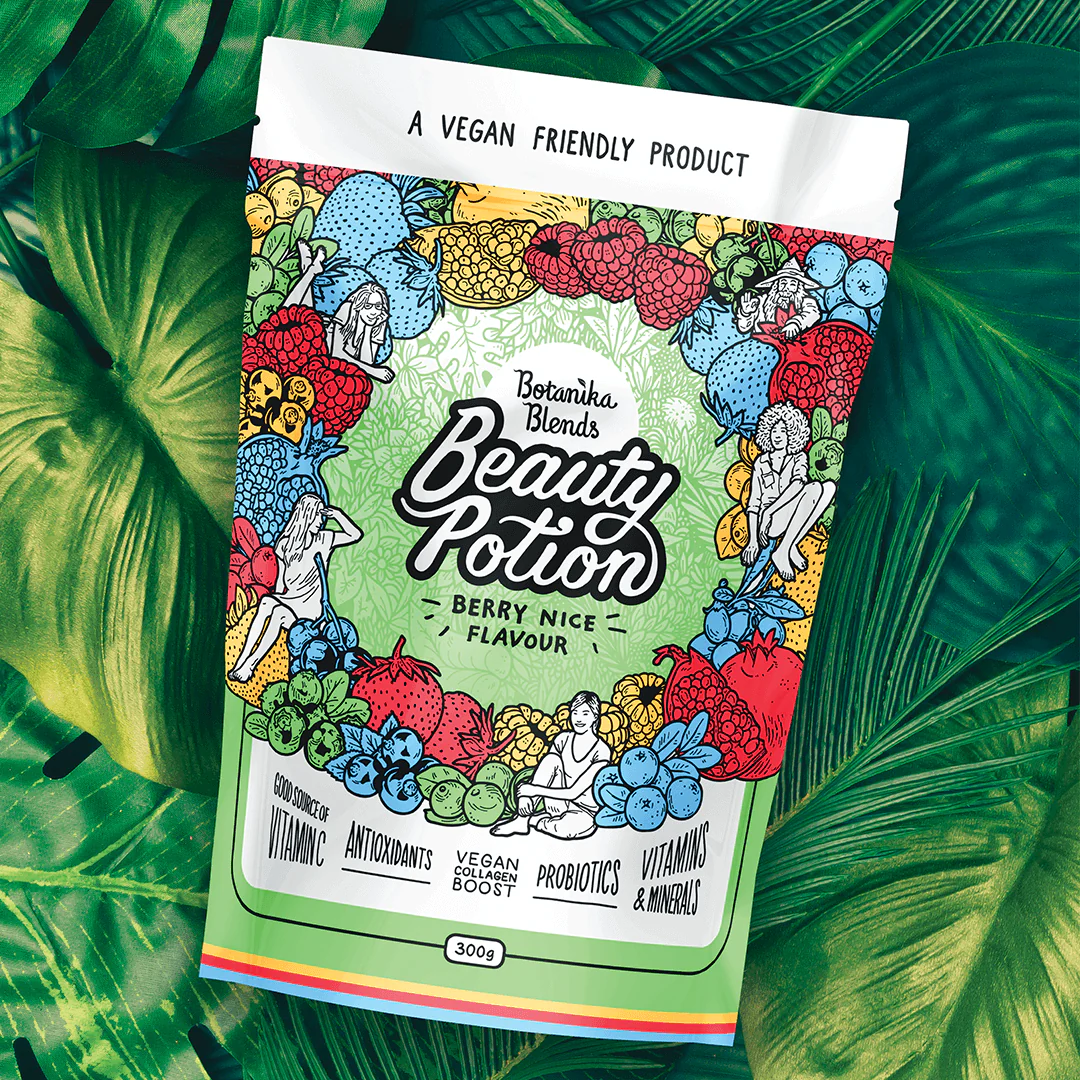Food Product Development Processes
In the bustling culinary world, the journey from a mere idea to a tangible product on the supermarket shelf is an intricate ballet of stages and strategies (Food Product Development Processes).
At the core of this evolution lies the product development process, a carefully curated series of steps that ensures each offering doesn’t just satiate the palate but also resonates with the target market’s desires and concerns.

From the initial conceptualisation and idea generation to the moment a new product graces the market, there are myriad stages, each critical to the development and success of the product.
In the first segment of this article, “The Stages of Food Product Development: From Idea Generation to Finished Product,” we will journey through each of these stages, from the birth of an idea in Stage 1 all the way to its market debut in Stage 9.
Here, concepts such as technical feasibility are put to test, ensuring that every idea, no matter how groundbreaking, stands firm in real-world scenarios.
However, in the ever-advancing world of technology, traditional product development processes are continually reshaped.
Which brings us to our second segment, “The Future of Food Technology with Advanced Product Development Processes.”

This part takes a deep dive into how the new product development process is undergoing a radical transformation, fuelled by innovations in technology and a sharper understanding of consumer preferences.
From understanding the bedrock technologies pushing the boundaries in food sector development to grasping the importance of the ingredients, we’ll delve into various facets of what product development refers to in today’s age.
Throughout, examples will pepper our discourse, offering real-world context to the theoretical framework.
And as we touch upon strategies to determine the minimum viable product or the most effective marketing strategy, you’ll gain a comprehensive view of the intricacies involved in birthing a product that’s truly successful in the modern market.
Join us on this enlightening journey, as we explore the past, present, and future of food product development.
Understanding the Food Product Development Process Food product development is an intricate procedure, bridging the divide between an idea and a finished product.
It ensures the consumable is delicious, safe, and market-worthy.
This part of the article unravels the layers of the new product development process in the food industry, offering a clearer insight into this essential cycle.
Stage 1: Conceptualisation and Idea Generation (Food Product Development Processes)
Every product development process begins with an idea.
Here, concept development comes to life as we brainstorm, gather insights, and pinpoint the target customers.

It’s essential to employ market research, understanding current market trends, potential competitors, and customer needs to shape the robust product concept.
Stage 2: Feasibility Study and Business Analysis
Having crystallised the product ideas, the development team delves into the feasibility.
This stage assesses the technical facets, risks, financial implications, and market viability.

The feasibility study is crucial as it dictates if the concept can metamorphose into a minimum viable product in the market.
Stage 3: Recipe Development and Formulation
With insights from the preceding stages, the product development team crafts the initial recipe.

Ingredient choice, flavour profiles, and regulatory compliance come under scrutiny, ensuring the product’s taste aligns with expectations.
Stage 4: Prototyping and Sample Production (Food Product Development Processes)
Prototyping heralds the product development cycle’s tangible phase.
Small batches undergo internal testing, focusing on their texture, taste, look, and general acceptability.
Feedback drives adjustments, streamlining the prototype closer to the envisioned product roadmap.
Stage 5: Sensory and Consumer Testing
The market’s reception of the product is essential. Sensory testing uses panels to evaluate organoleptic properties, while consumer testing procures feedback from the desired audience.

This feedback is central to refining the product to market perfection.
Stage 6: Nutritional Analysis, Labelling, and Product Management
The product manager oversees this stage, analysing the product’s nutritional elements.

Accurate labels are essential, informing consumers and ensuring adherence to both local and global food regulations.
Stage 7: Shelf Life Testing
Shelf life is a determinant of product longevity.
Rigorous tests under varying conditions gauge the product’s aging, ensuring consistent freshness and safety during its life.
Stage 8: Scale-Up and Commercial Production
Transitioning from prototypes to mass production, the development process prioritises manufacturing optimisation.
The aim is consistent quality while enhancing efficiency.
Stage 9: Launch, Test Marketing, and Market Introduction (Food Product Development Processes)
The product’s market debut comes equipped with a potent marketing strategy. Product development strategy uses insights acquired during earlier stages to ensure a triumphant launch.

Monitoring sales, obtaining more consumer feedback, and adjusting either the product or its marketing approach become paramount.
Crafted your health dry food powder food with Integrity
Transform your product vision into reality with Integrity Food Co’s unparalleled product development and manufacturing services. Discover more today.
The Future of Food Technology with Advanced Product Development Processes
In the dynamic realm of food technology, staying at the forefront is a testament to innovation, ensuring unparalleled product quality.
Delving into the intricacies of the food product development process, this part of the article shines a light on how modern technology shapes products that are not only gastronomic delights. Also, nutritionally balanced, catering to the target market’s diverse needs.
The Technological Backbone of New Product Development in the Food Sector (Food Product Development Processes)
Living in a digital age, technology has seamlessly blended with every stage of the product development cycle. Let’s familiarise ourselves with the critical technologies reshaping this landscape.
Sensor Technology
Real-time monitoring of food quality and safety is achieved through sensor technology, ensuring products that match the highest benchmarks of quality.
Artificial Intelligence (AI)
AI, a cornerstone in the product development framework, aids in analyzing market trends and consumer behaviour.
Through market research, AI guides the development of products that resonate with our target audience, providing a competitive advantage.
Ingredients: The Foundation of Successful Product Development
Natural Ingredients
With health consciousness on the rise, we emphasise natural ingredients, especially organic and non-GMO options, responding proactively to the evolving market demands.
Innovative Ingredient Combinations
Our product managers, with their extensive expertise, champion innovative ingredient combinations that not only enhance taste but also elevate the nutritional quotient, offering a unique value proposition to consumers.
Product Design and Formulation: Where Concept Meets Reality
Nutritional Analysis
Leveraging state-of-the-art software, we undertake comprehensive nutritional analyses. Our commitment ensures the final product is a blend of taste and health, catering to customer needs.
Sensory Evaluation
Our rigorous sensory evaluation process, a crucial phase in the product development cycle, encompasses experts who scrutinise the product’s appearance, texture, and taste, guaranteeing a delightful experience with each bite.
Quality Control and Assurance: The Hallmark of Our Products
Rigorous Testing
Our commitment to quality translates to rigorous testing at every stage of the development process, ensuring the safety and superiority of the existing product.
Regulatory Compliance
Under the careful eye of product managers, we uphold all regulatory compliances, providing confidence to consumers about our products’ safety and quality.
Modern Packaging Technology: Merging Sustainability with Innovation
Eco-friendly Packaging
Our commitment to the environment sees us endorsing eco-friendly packaging, simultaneously ensuring product quality and environmental health.
Smart Packaging
Incorporating cutting-edge technology, our smart packaging solutions like freshness indicators and interactive labels amplify the user experience, setting new benchmarks in the market.
Collaboration: The Heartbeat of a Successful Product Launch
Industry Partnerships
Collaborative approaches are central to our ethos.
Through industry partnerships, we merge insights and expertise, propelling innovative products to market share dominance.
Consumer Insights
Initial feedback is invaluable.
We prioritise user feedback, refining our product idea based on real-world pain points and preferences, ensuring our offerings align with evolving consumer needs.
Crafted your health dry food powder food with Integrity
Transform your product vision into reality with Integrity Food Co’s unparalleled product development and manufacturing services. Discover more today.
FAQ: Product Development Processes
What is a product development process?
A product development process refers to the organised series of steps that a company goes through to conceptualise, design, test, and eventually launch a new product in the market.
This process is essential for creating and refining products to meet the needs of the target audience.
What are the 7 stages of a new product development process?
The seven stages are:
-
Idea Generation
-
Concept Development and Screening
-
Business Analysis
-
Product Design and Prototyping Phase
-
Market Testing
-
Product Launch
-
Post-launch Review and Final Product Management.
What are the 4 types of product development processes?
The four types are:
-
New product introductions (completely new products for the market)
-
Improvements or updates on existing products
-
Addition of new features to existing products
-
Repositioning of existing products for a new target market.
7. What is the basic product process?
The basic product process refers to the essential steps taken from the inception of product ideas to their realisation and market introduction.
It begins with idea generation and moves through concept development, business analysis, design, testing, and culminates in the product launch.
Why is the product process important?
The product development process is vital because it ensures that products meet the needs of the target audience, fit the market research insights, and align with the marketing strategy.
It reduces the risks associated with launching new products and enhances the likelihood of success.
The process also helps product development teams to allocate resources effectively and refine the product roadmap.
What is the new product process?
The new product process is the entire product development process, beginning from the initial idea generation phase, moving through various stages of development, and ending with the product launch into the market.
What is an example of a product in the development stage?
An example could be a new smartwatch that is currently in the prototyping phase.
The product development team is working on its design, incorporating feedback, ensuring it meets the needs of the target market, and preparing for market testing before its final product launch.
Conclusion product development processes
The intricate journey of food product development is a testament to the importance of expertise, innovation, and a deep understanding of market needs.
From the nascent stages of idea generation to the final unveiling in the market, every step is crucial, weaving together art, science, and technology.
As the landscape of the food industry continues to evolve, keeping abreast of the latest advancements and strategies in New Product Development (NPD) becomes paramount for businesses that aim for enduring success.
Yet, the challenges of navigating these waters need not be undertaken alone.
Integrity Food Co, with its rich legacy and unparalleled expertise, emerges as a beacon for businesses seeking to make their mark in the realm of dry powdered food products.
Whether it’s ideation, formulation, or manufacturing, our team stands ready to assist, ensuring your product not only reaches the shelves but also wins the hearts and taste buds of your target audience.
With Integrity Food Co by your side, the road to food product excellence becomes a journey worth savouring.










